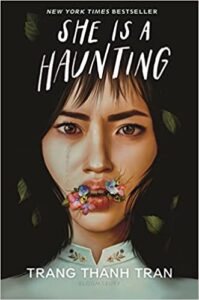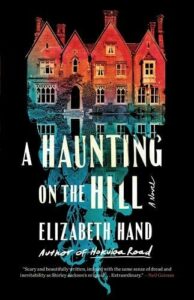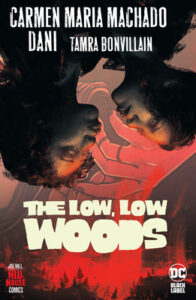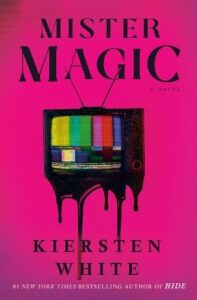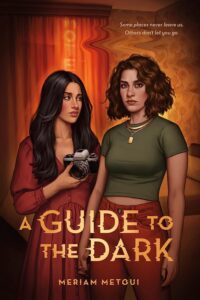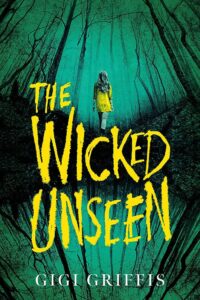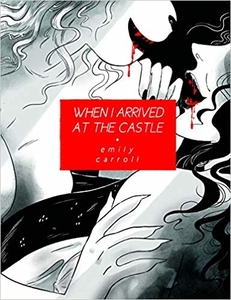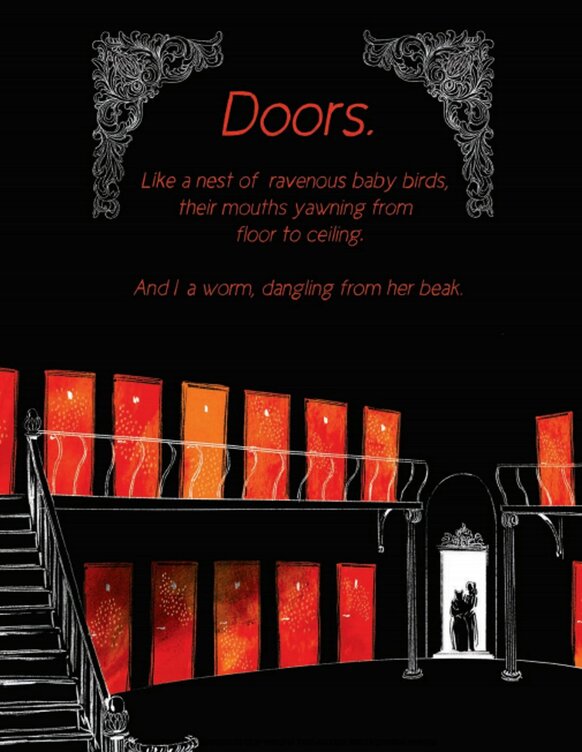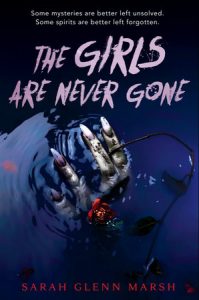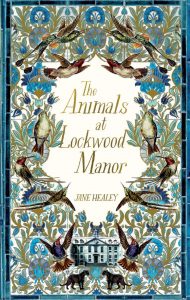Buy this from Bookshop.org to support local bookstores and the Lesbrary!
Horror is a very broad genre, and, I am inclined to say, a particularly personal one, seeing as what scares one person may not scare another, or, on the other hand, it might scare them too much. I myself love a good haunted house, but psychological horror freaks me out in concept alone, to the point that I won’t touch a book when I see it labeled that way. Trang Thanh Tran’s She is a Haunting, I am pleased to report, is my favorite kind of horror, that particular style where it’s kind of about the ghosts, but it’s not really about the ghosts. Or rather, it is, but it’s about what the ghosts represent more than the don’t-look-behind-you scariness.
That’s not to say this book isn’t scary, of course. I personally do not tend to get scared while reading books, so I am not the best judge, but I thought the book did a good job creating a creepy atmosphere and some really unsettling images (all those bugs *shudder*). The scariest thing in this book, though, is not the ghosts themselves but the very real horrors of colonialism, as well as the impacts of it that linger through to today. While this book is aimed at teenagers, it does not shy away from those atrocities, but nor does it dwell on them, exactly.
Beyond those horrors, however, this is also the story of Jade, a closeted seventeen-year-old wrestling with a complicated family dynamic and her relationship to Vietnam as a Vietnamese American who is visiting the country for the first time. As a protagonist, I adored Jade. I thought she felt very authentically seventeen, which is to say that while she was occasionally frustrating, she was trying her best.
I also thought all of the relationships in the book were well-drawn. Her romance with “bad girl” Florence was endearing, and their interactions made me giggle a few times. The more complex dynamics with the parents worked equally well for me, and in fact I found her mom to be a standout character for me by the end.
Regarding the ending, I will say there were one or two elements that felt on the edge of overly dramatic, but I thought the book did enough well that I didn’t really mind. Emotions were running high, after all, and real life can be overly dramatic too. Regardless, I felt the book ended on a high and, frankly, down-to-earth note that left me satisfied.
I look forward to more horror from Trang Thanh Tran, and reading more horror in general this year, because this book reminded me that it is a genre I enjoy when it is done in the particular way I most vibe with, as this one was. If you are looking for a creepy haunted house that’s grounded in both the past and the present and the ways they affect each other, I highly recommend She is a Haunting.

